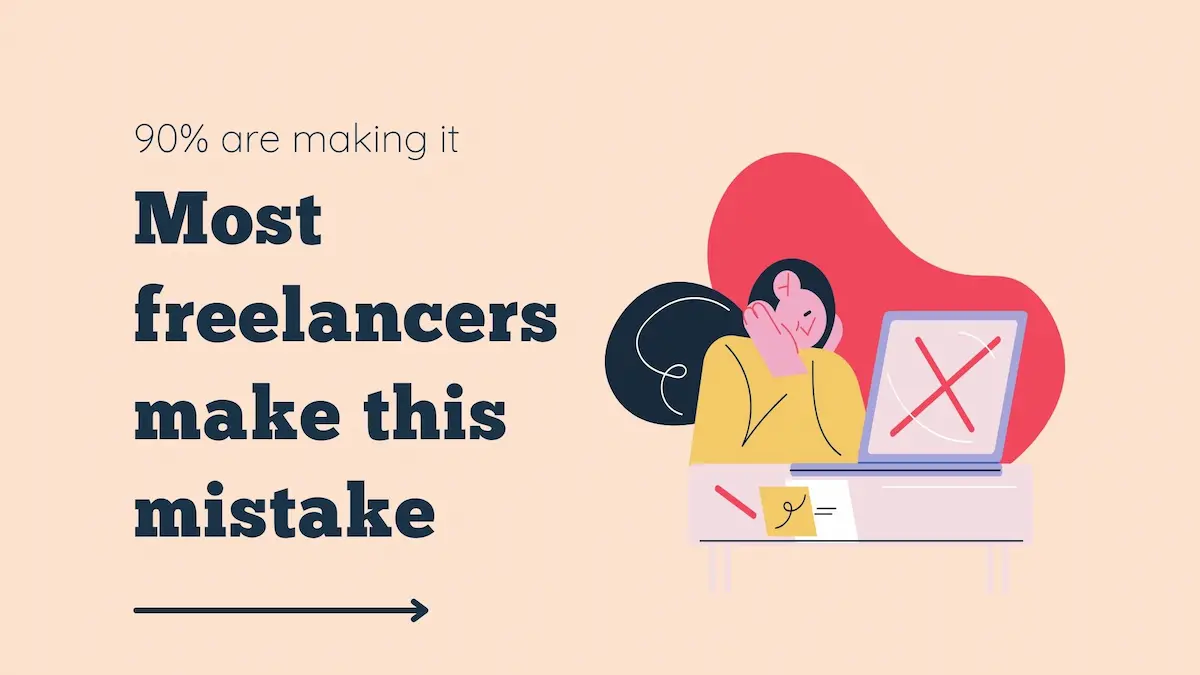Hey! how are you? There is a new trend in the market, the immersive visual content
Stories…! The short story concept is the newest trend these days!
The best way to add stories to your website is to create google web stories.
In case you are wondering what are these web stories?
I recommend you to read my guide on web stories by google.
Google Web Stories offer a way to gain exposure to a new channel of traffic. It is very likely not being utilized by your competitors.
Web Stories by Google are meant to be evergreen or live forever. So, they must tell their own stories, for a better user experience.
It is logical to take the first-mover advantage because all the benefits are up for grabs without competition. Whether a site is about personal injury, web design tips or hardware products, there are opportunities for building awareness and promoting your site with this new format.
There are 3 ways where you can create a web story
- Web Stories plugin .
- Product stories
- MakeStories
Let’s get started…
Table of Contents
How to Create Google Web Stories?
I assume that you already know about Web stories, and are looking for a guide on creating them. In case if you are not aware of why you should be using web stories by google, I recommend you to read my guide.
In Web stories, you can create great-looking, interactive visual narratives that are fast to load and give your readers a great experience. Web stories are free, open-web, visual storytelling for the web, allowing you to easily create visual narratives with engaging animations.
Now let’s quickly jump on to creating a google web story.
Create stories in WordPress.
You can create web stories using the Web Stories by Google WordPress plugin.
Web Stories editor for WordPress is a tool that lets you create visual narratives with tappable interactions, share them freely on the Web, or embed them on your existing websites. Web Stories belong to the open web, rather than a specific social media platform, so they are 100% your own.

This plugin has a drag-and-drop editor which makes creating visual content pretty simple.
Due to the powerful WYSIWYG creation tool, there are a variety of options for creating the most user-friendly Google Stories.
You will also have access to the WordPress media library, so as you create your stories, you can grab your media assets right from the plugin dashboard.
Additionally, you will have access to the WordPress media library, so you can pick up your media assets right from the plugin dashboard as you create your stories.
Create stories in Shopify.
The Shopify platform as we all know is an online e-commerce platform that supports apps that can enhance and add additional value to online shops.
It is very much possible to create stories even in shopify. Wouldnt you love your customers to get engaged with byte sized content?
Just imagine the potential web stories has to impact your potential customers. Instead of uploading long videos, you can easily focus on product specific feature stories.
You can easily highlight the working, benefits and features of your listed products in the store.
When it comes to converting Shopify product pages to Web Stories, the easiest way is to install an app.
Product Stories is a one of a kind Shopify app that can convert and create both AMP pages and Web Stories of your Product Pages.
It works very simply and fits perfectly on every mobile device.

Here are the steps on how to create Google Web Stories in Shopify:
- Install Product Stories
- Activate to convert product pages in AMP and Web Story format
- Choose the Web story template
That’s it.
The app will convert all your product pages and create dedicated amp story pages and web story links that will appear in Google search results when indexed by Google.
Create stories for any website.
The MakeStories web story builder has a drag-and-drop editor, which is another web story builder that you can use to create your Google Stories. MakeStories helps publishers, marketers & designers to build, distribute & monetize visual, engaging Google Web Stories, faster. Without coding.
The MakeStories editor has plenty of customization options. Any element of your Story can be animated to make your experience more engaging.
You can even install a plugin on WordPress and get started with web stories right off the bat. The best part about MakeStories is that it provides a StoryPlayer which plays your web stories similar to Instagram.

To start using the MakeStories, follow these steps:
- Sign up and create an account in MakeStories.
- Click Create Story and use the options to create the story slides.
- Once finished, click View or Publish your story.
The unique selling point of ProductStories is that it automatically converts all product pages from your e-commerce built with Shopify into AMP without the need to make any changes in the templates or the app’s settings.
All you need is to let your creative juices flow and enjoy the process. Although please note that ProductStories is developed for Shopify users only.
Dont’s while creating a web story.
With human attention span decreasing, it is logical that short visual content like Google’s Web Stories are bound to make news.
It makes sense to indulge in web stories because it directly puts you in Google discovery. Web stories also helps in better engagement with your content. As you all know that better engagement signals Google about quality and trustworthy content. Consequently putting you in top results.
Although like every content, there are certain best practices and certain practices to avoid. Similarly even for stories, Google has issued certain guidelines.
These guidelines are given by Google regarding creating a good web story.
Plagirized content.
It is not okay to steal someones else’s work and use them in your story. Your story should be unique and represent your brand.
Text-heavy Web Stories.
Web Stories may not be eligible if the majority of pages have more than 180 words of text. Usage of bite-sized video (less than 60 seconds per page) wherever possible is encouraged.
Don’t use too much text on pages. Keep the story short and crisp.
Lack of narrative
Make sure your Web Stories have a narrative structure from page to page. Link to your stories from other (relevant) parts of your site. A story with no narrative will not be engaging, hence reducing the overall user experience.
Low-quality assets
Don’t create Web Stories that contain images and video assets that are stretched out or pixelated to the point that the viewer’s experience is negatively impacted.
Use high-quality images, and take care when resizing images to portrait. Make sure that your stories are valuable and of high quality.
Incomplete stories
Web Stories that are incomplete or that require users to click links to other websites or apps to get essential information are not valid. Avoid using too many links in the story.
As you move from page to page, create suspense in your story. Describe the context and narrative of the user’s journey. Create an incentive for them to stick with you.
Overly commercial
A Web Story whose sole goal is to advertise a service or a product is not allowed, especially if you may directly benefit from the user consuming the Web Story.
Don’t add too many links to outside sources, that will distract readers. Affiliate marketing links are permissible but don’t overdo it.
Key takeaways
Most brands have stories to tell. Sharing your stories via Google Web Stories with your followers helps you grow your online reputation and build trust with your customers.
You can’t ignore this new fast-loading Google Story format. At least, it would be best if you experimented with this visual storytelling format (we have the reason to believe that your competitors are doing that too).
Thank you for the time you invested in reading this article in its entirety. It keeps me grounded and focused on delivering value to you as my reader.
If you found this blog helpful and enjoyed reading it, please subscribe to my blog for more interesting in-depth content on Digital Marketing in the times to come.



